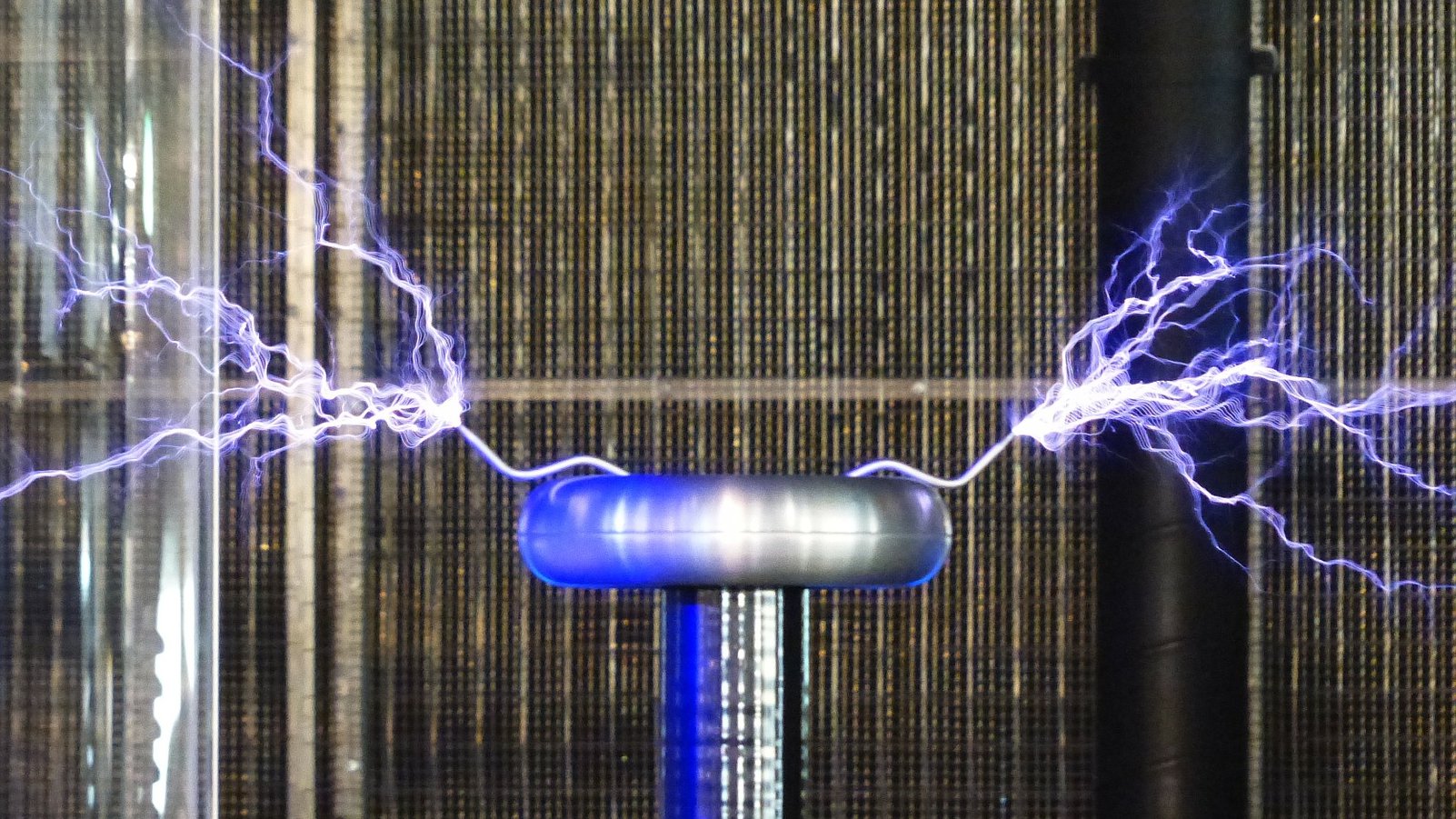Hate taking antibiotics? Have a zap of electricity instead
With the help of a conductive plaster

For more than a century, doctors have tried to treat infected wounds with electricity with mixed success. Now, researchers at Washington State University claim that they've found a way to make it work, offering an alternative to traditional antibiotics.
In experiments, a team led by Haluk Beyenal passed an electric current over a film of bacteria. Within 24 hours, the remaining bacterial population was down to 1/10,000th of its original size. It also killed almost all of a highly-resistant bacterium that's often found in hard-to-treat infections.
It turns out that an electrochemical reaction that occurs when electricity is passed through the skin produces hydrogen peroxide - an effective disinfectant. To confirm the process, the researchers performed additional experiments on pig flesh, where the technique killed most bacteria and didn't damage surrounding tissue.
'We controlled the reactions'
The difference between this experiment and previous attempts is in optimising that electrochemical reaction. The researchers developed an 'e-scaffold' - basically a conductive plaster, made out of carbon fabric - which they could run an electrical current through to produce a low but constant concentration of hydrogen peroxide to kill the bacteria.
"Many people tried this simple method,'' said Beyenal. "Sometimes it worked, and sometimes it didn't. We controlled the electrochemical reactions. That's the reason it works.''
The team has applied for a patent on the discovery, and is now working on increasing the efficiency of the e-scaffold as well as testing it on more bacterial species. Beyenal and his group have reported the progress they've made so far in an article published in Nature Scientific Reports.
Get daily insight, inspiration and deals in your inbox
Sign up for breaking news, reviews, opinion, top tech deals, and more.
